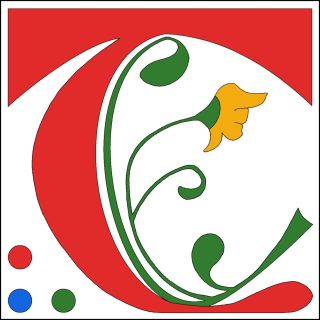
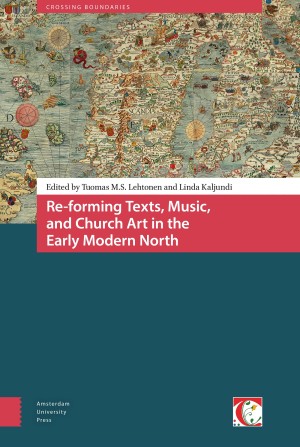
- Title
- Re-forming Texts, Music, and Church Art in the Early Modern North
- Price
- € 181,99
- ISBN
- 9789048524938
- Format
- eBook PDF (Adobe DRM)
- Number of pages
- 520
- Language
- English
- Publication date
- 25 - 07 - 2016
- Dimensions
- 15.6 x 23.4 cm
- Partner

- Category
- Early Modern Studies
- Discipline
- History, Art History, and Archaeology
- Also available as
- Hardback - € 182,00
Acknowledgements
A note on names
List of maps, figures, tables, and musical examples
Introduction
Tuomas M.S. Lehtonen and Linda Kaljundi
Part I: Contextualizations and thematizations
1. Popular belief and the disruption of religious practices in Reformation Sweden
Martin Berntson
2. Trade and the known world: Finnish priests' and laymen's networks in the late medieval Baltic Sea region
Ilkka Leskelä
3. Diglossia, authority, and tradition: the influence of writing on learned and vernacular languages
Marco Mostert
Part II: Music and religious performances
4. Changes in the poetics of song during the Finnish Reformation
Kati Kallio
5. Vernacular Gregorian chant and Lutheran hymn-singing in Reformation-era Finland
Jorma Hannikainen and Erkki Tuppurainen
6. Pious hymns and devil's music: Michael Agricola (c. 1507-57) and Jacobus Finno (c. 1540-88) on Church song and folk beliefs
Tuomas M.S. Lehtonen
7. The emergence of hymns at the crossroads of folk and Christian culture: an episode in early modern Latvian cultural history
Mara Grudule
Part III: Church art and architecture
8. Reform and pragmatism: on Church art and architecture during the Swedish Reformation era
Anna Nilsén
9. Early Lutheran networks and the changes in the furnishings of the Finnish Lutheran parish church
Hanna Pirinen
10. Continuity and change: reorganizing sacred space in Post-Reformation Tallinn
Merike Kurisoo
Part IV: The 'other' and the afterlife
11. Pagans into peasants: ethnic and social boundaries in early modern Livonia
Linda Kaljundi
12. Est vera India septemtrio: re-imagining the Baltic in the Age of Discovery
Stefan Donecker
13. Transformations of Saint Catherine of Alexandria in Finnish vernacular poetry and rituals
Irma-Riitta Järvinen
14. Agricola's List (1551) and the formation of the Estonian pantheon
Aivar Põldvee
About the authors
Index
Reviews and Features
"This book is conceptually stimulating and opens up the results of the recent Scandinavian and Baltic research on the Reformation era to an international audience." - Philip Hahn, Archive for Reformation History Supplement Literature Review Vol. 46/47 2017/2018
Linda Kaljundi, Tuomas Lehtonen (eds)
Re-forming Texts, Music, and Church Art in the Early Modern North
Our historical understanding of the Reformation in northern Europe has tended to privilege the idea of disruption and innovation over continuity - yet even the most powerful reformation movements drew on and exchanged ideas with earlier cultural and religious practices. This volume attempts to right the balance, bringing together a roster of experts to trace the continuities between the medieval and early modern period in the Nordic realm, while enabling us to see the Reformation and its changes in a new light.
Editors
Linda Kaljundi
Linda Kaljundi is a researcher with the Finnish Literature Society. She has published mainly on the Nordic crusades, medieval historiography and images of otherness, and also on the Estonian cultural memory.
Tuomas Lehtonen
Tuomas M.S. Lehtonen is Secretary General of the Finnish Literature Society and Adjunct Professor at the University of Helsinki. He has published widely on medieval history and literature, as well as on the relationship between oral and literary culture in the Middle Ages and the Early Modern period.
Related titles
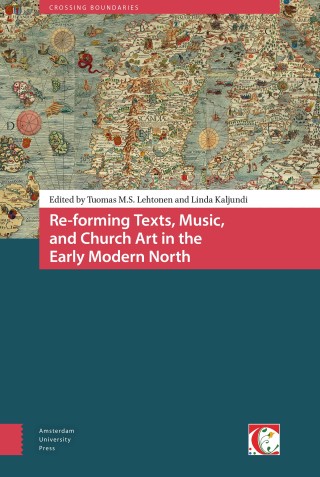
Re-forming Texts, Music, and Church Art in the Early Modern North
Tuomas Lehtonen, Linda Kaljundi (eds)
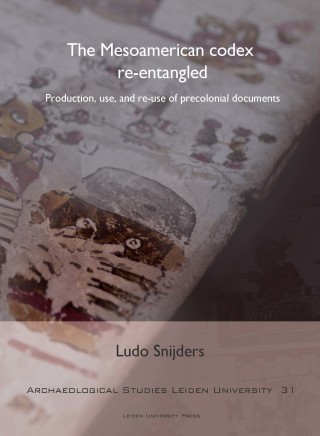
The Mesoamerican codex re-entangled
Ludo Snijders
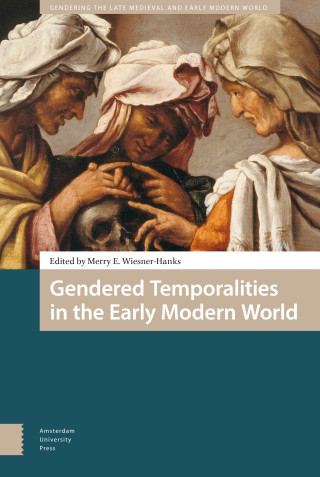
Gendered Temporalities in the Early Modern World
Merry Wiesner-Hanks (ed.)
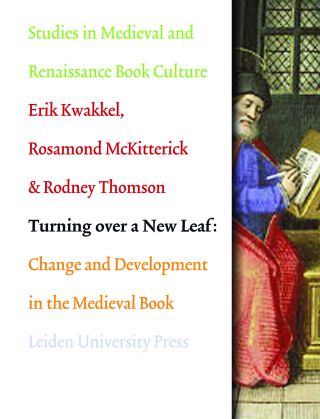
Turning over a New Leaf
Erik Kwakkel, Rosamond McKitterick, Rodney Thomson (eds)
